Are you planning a trip to Death Valley National Park and wondering what activities to add to your itinerary? Look no further! Death Valley National Park is a popular destination for adventure seekers and nature enthusiasts alike. With its vast and diverse terrain, historic sites, plants and animals, there's something for everyone to enjoy.
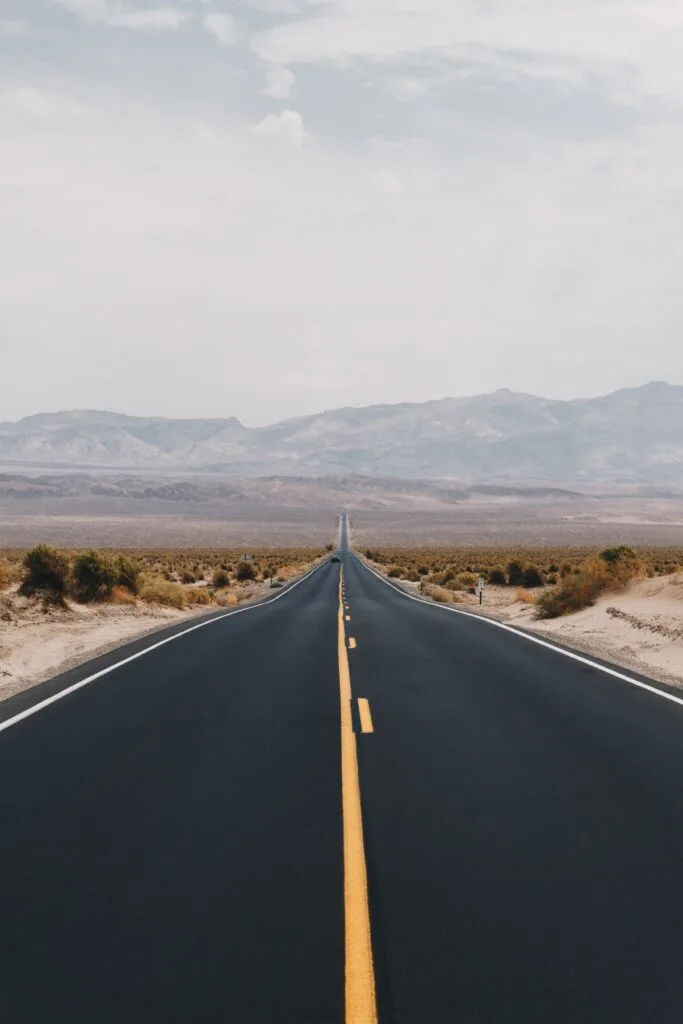
Whether you're interested in hiking, camping, or stargazing, Death Valley National Park has it all. Explore the park's unique landscapes, from salt flats and mountains to canyons and oases. Take a guided tour to learn about the park's history and geology, or rent a Jeep to see the magical moving rocks at Racetrack Playa. If you're lucky, you might even spot some adorable wild burros. With so many options, it can be hard to decide what to do first!
Things to Do in Death Valley National Park: A Guide to the Best Activities and Attractions
Planning Your Visit
When planning your visit to Death Valley National Park, it's important to consider the best time to visit, where to stay, transportation and directions, and fees, permits, and closures. Here's what you need to know:
Best Time to Visit Death Valley
The best time to visit Death Valley National Park is from November to March when temperatures are cooler and more comfortable for outdoor activities. Summer months can be extremely hot, with temperatures reaching up to 120°F, making it unsafe for outdoor activities. However, if you plan to visit during the summer, be sure to bring plenty of water, sunscreen, and protective clothing.
Where to Stay
There are several lodging options available within Death Valley National Park, including campgrounds, RV parks, and hotels. If you prefer to camp, there are nine campgrounds to choose from, ranging from primitive to full hook-up sites. If you prefer to stay in a hotel, there are several options available, including The Oasis at Death Valley, Stovepipe Wells Village, and Panamint Springs Resort.
Transportation and Directions
Death Valley National Park is located in eastern California and can be accessed by car, bus, or plane. If you plan to drive, be sure to check road conditions and closures before your trip. You can find maps and directions on the National Park Service website.
Fees, Permits, and Closures
There are entrance fees to enter Death Valley National Park, which vary depending on the type of vehicle and the length of your stay. You can purchase a pass online or at the park entrance station. Additionally, some areas of the park require permits for backcountry camping and hiking. Be sure to check for any closures or restrictions before your trip.
Overall, planning your visit to Death Valley National Park can be an exciting and memorable experience. By considering the best time to visit, where to stay, transportation and directions, and fees, permits, and closures, you can ensure a safe and enjoyable trip.
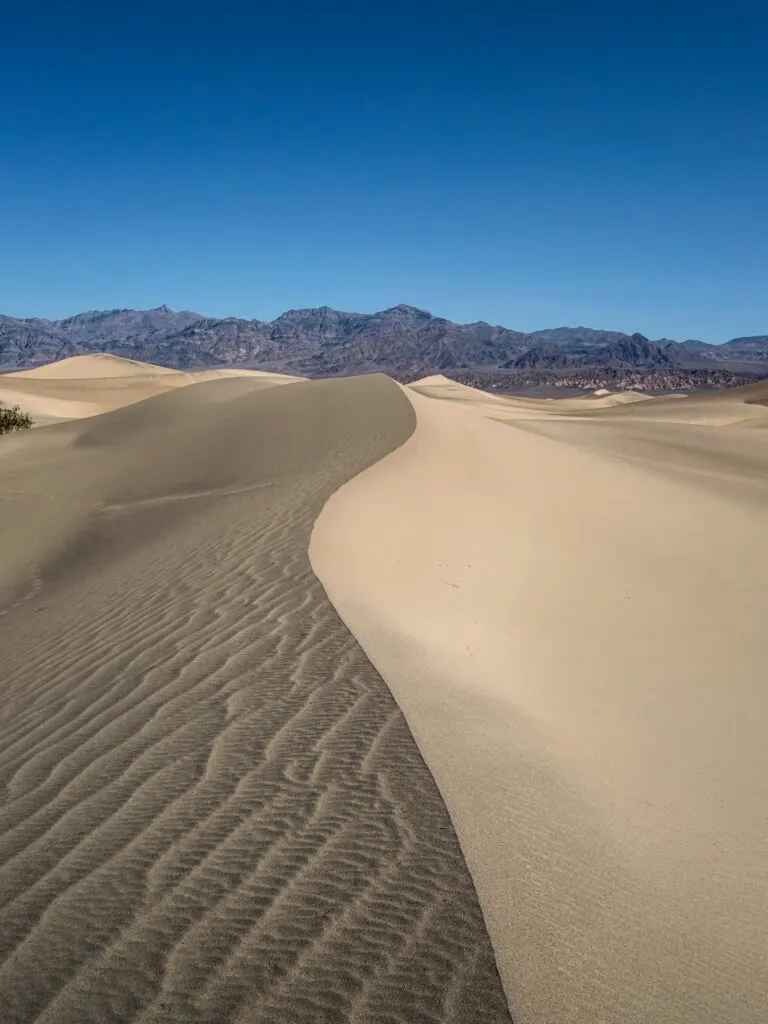
Natural Wonders and Landscapes
When it comes to natural wonders and landscapes, Death Valley National Park has plenty to offer. Here are a few must-see destinations that you won't want to miss during your visit.
Mesquite Flat Sand Dunes
The Mesquite Flat Sand Dunes are a popular attraction in Death Valley National Park. These towering dunes are the result of wind erosion and are constantly shifting and changing. You can explore the dunes on foot, but be sure to bring plenty of water and wear appropriate footwear, as the sand can get very hot.
Badwater Basin
Badwater Basin is the lowest point in North America, sitting at 282 feet below sea level. This vast salt flat covers over 200 square miles and is home to unique salt formations and otherworldly landscapes. You can explore the basin on foot via the boardwalk or take a guided tour to learn more about the area's geology and history.
Zabriskie Point
Zabriskie Point is one of the most popular viewpoints in Death Valley National Park. From this vantage point, you can take in panoramic views of the surrounding badlands and colorful rock formations. Be sure to visit at sunrise or sunset for the best photo opportunities.
Ubehebe Crater
Ubehebe Crater is a massive volcanic crater located in the northern part of Death Valley National Park. The crater is over half a mile wide and 500 feet deep, and was formed by a steam explosion thousands of years ago. You can hike around the rim of the crater for stunning views of the surrounding landscape.
No matter which natural wonder or landscape you choose to explore in Death Valley National Park, you're sure to be amazed by the unique beauty of this incredible destination.
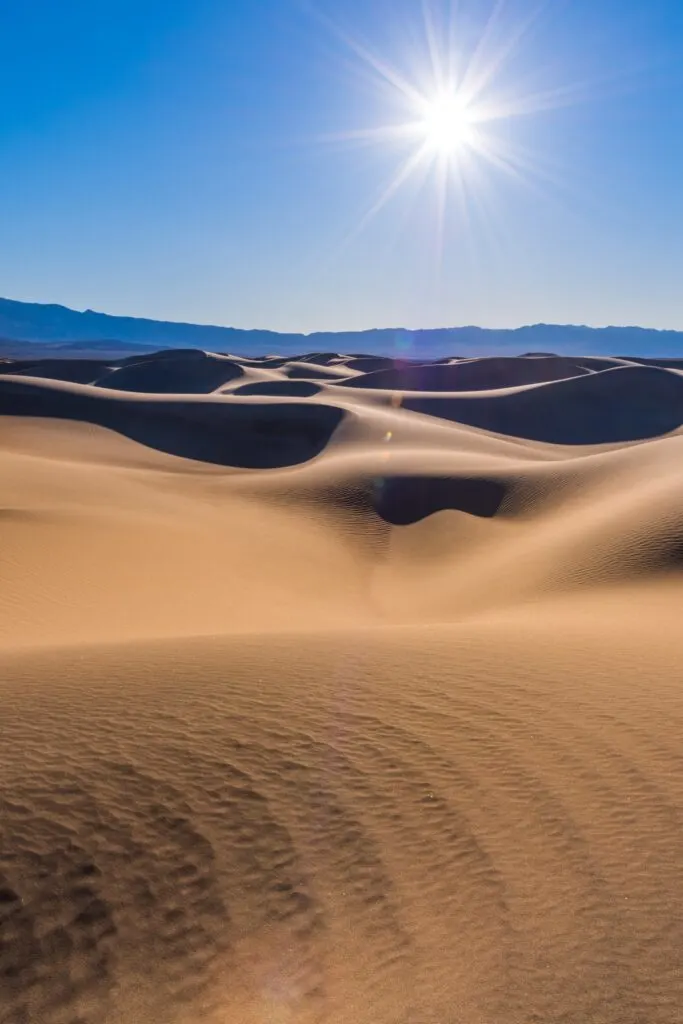
Outdoor Activities
When it comes to outdoor activities, Death Valley National Park has something for everyone. From hiking and camping to stargazing and wildlife watching, the park offers a wide range of activities that allow you to connect with nature and explore the great outdoors.
Hiking and Trails
With over 800 miles of hiking trails, Death Valley National Park is a hiker's paradise. Whether you're looking for an easy stroll or a challenging trek, there's a trail for you. Some of the most popular hikes include the Golden Canyon Trail, the Badwater Basin Salt Flats, and the Mesquite Flat Sand Dunes. These hikes offer stunning views of the park's unique terrain, including towering mountains, colorful canyons, and expansive sand dunes.
Camping and Campgrounds
Camping is a great way to experience the beauty of Death Valley National Park up close. The park offers a variety of campgrounds, from developed sites with amenities like water and flush toilets to primitive backcountry sites that require a permit. Some of the most popular campgrounds include Furnace Creek, Mesquite Spring, and Wildrose. These campgrounds offer easy access to hiking trails, scenic drives, and other park attractions.
Stargazing
Death Valley National Park is home to some of the darkest skies in the country, making it an ideal destination for stargazing. With little light pollution, you can see thousands of stars, planets, and other celestial objects on a clear night. Some of the best places to stargaze in the park include Harmony Borax Works, Dante's View, and the Mesquite Flat Sand Dunes.
Wildlife Watching
Death Valley National Park is home to a variety of wildlife, including bighorn sheep, coyotes, and kit foxes. One of the best places to see wildlife in the park is at the water sources, such as natural springs and seeps. Be sure to bring binoculars and a camera to capture the animals in their natural habitat.
In summary, Death Valley National Park is a great destination for outdoor enthusiasts. With a variety of activities to choose from, including hiking, camping, stargazing, and wildlife watching, you're sure to find something that you'll enjoy.
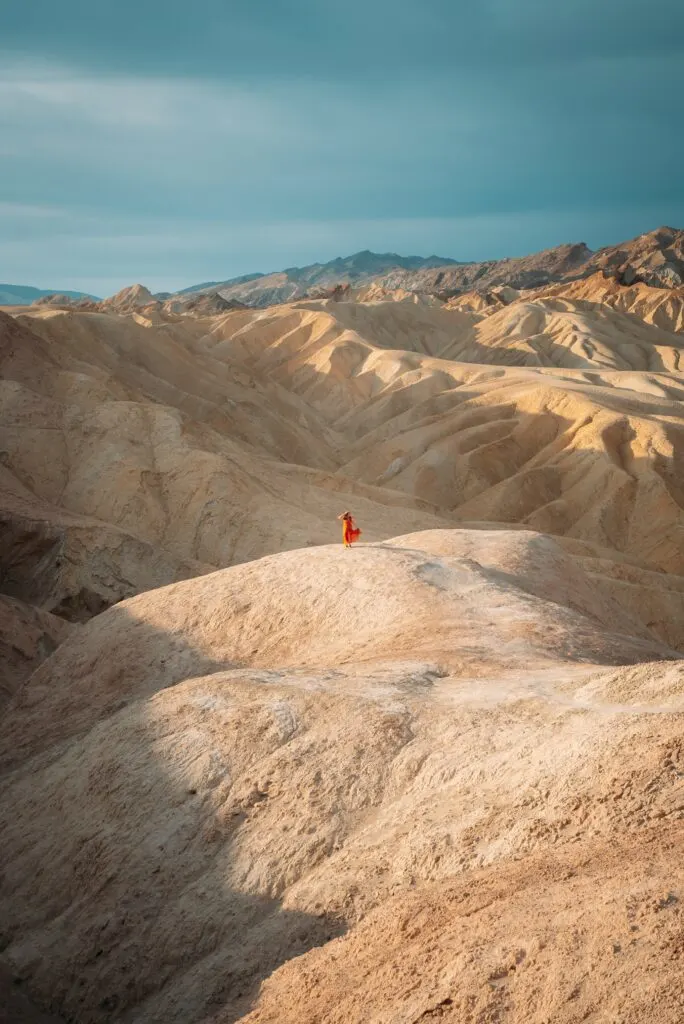
Points of Interest and Exploration
When it comes to exploring Death Valley National Park, there are several points of interest that you simply can't miss. Here are a few highlights that you should consider adding to your itinerary:
Dante’s View
If you're looking for a breathtaking view of Death Valley, Dante's View is the place to be. This overlook provides an incredible panoramic view of the valley, including Badwater Basin, the lowest point in North America. It's a great spot to take in the scenery and snap some photos.
Golden Canyon
Golden Canyon is a popular hiking spot in Death Valley, and for good reason. This scenic canyon offers a variety of hiking trails that wind through colorful rock formations and stunning desert landscapes. It's a great place to explore on foot and take in the natural beauty of the park.
Artist’s Palette
If you're interested in geology, you won't want to miss Artist's Palette. This unique area of the park features a variety of colorful rock formations that have been shaped by millions of years of geological activity. It's a great spot to explore and learn more about the park's fascinating geologic history.
Scotty’s Castle
For a taste of history, be sure to visit Scotty's Castle. This historic mansion was built in the 1920s and offers a glimpse into the luxurious lifestyle of the era. You can take a guided tour of the mansion and learn more about its fascinating history and the people who lived there.
In addition to these specific points of interest, Death Valley is filled with interesting sights and experiences. From the park's unique wildlife to its stunning natural landscapes, there's always something new to discover. So whether you're a first-time visitor or a seasoned park-goer, be sure to take some time to explore and discover all that Death Valley has to offer.
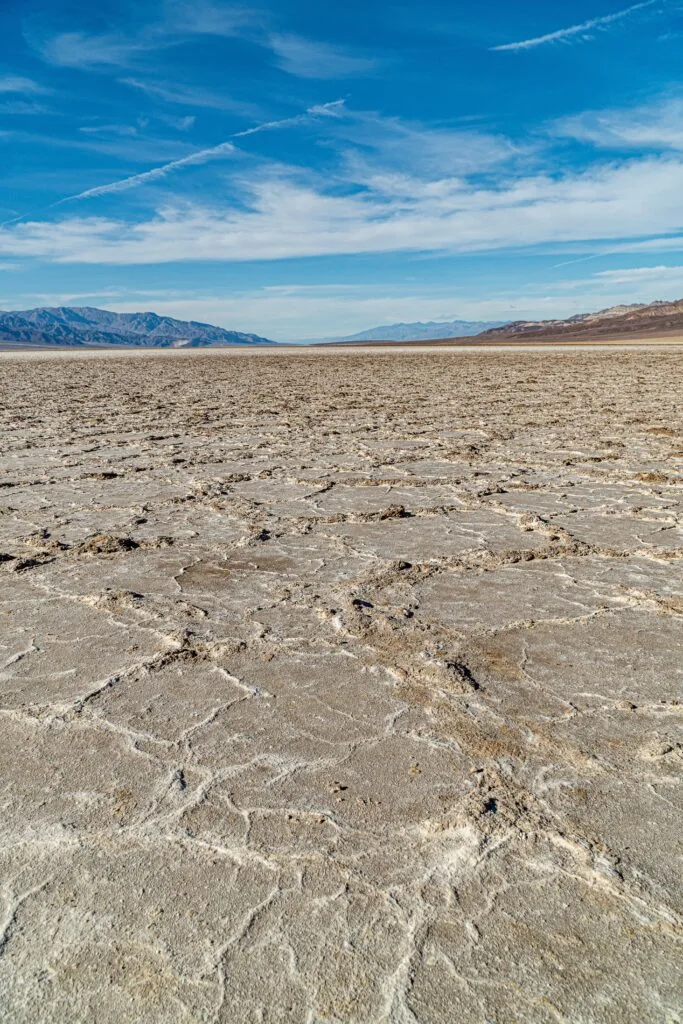
Related Posts:
- Inyo National Forest: A Guide to Exploring California’s Natural Beauty
- Explore the Beauty of Inyo National Forest’s White Mountains, California
Unique Experiences
When it comes to unique experiences, Death Valley National Park has plenty to offer. Here are a few must-try activities that will make your trip unforgettable.
Sunrise and Sunset Views
One of the best things you can do in Death Valley National Park is to catch a sunrise or sunset. The park is known for its stunning displays of light and color, and you won't want to miss the chance to experience it for yourself. Some of the best spots for sunrise and sunset views include Zabriskie Point, Dante's View, and Badwater Basin.
Off-Roading Adventures
If you're looking for an adventure, Death Valley National Park has plenty of off-roading opportunities. With miles of gravel, dirt, and backcountry roads, you can explore the park's rugged terrain in a Jeep or other high-clearance vehicle. Be sure to check road conditions before heading out and follow all safety guidelines.
Photography Spots
Death Valley National Park is a photographer's paradise, with countless opportunities to capture stunning landscapes and wildlife. Some of the best spots for photography include the Mesquite Flat Sand Dunes, the Racetrack Playa, and the colorful badlands of Artist's Palette. Don't forget to bring your camera and plenty of memory cards!
Seasonal Events
Depending on the time of year you visit, you may be lucky enough to experience one of Death Valley's seasonal events. In the spring, the park comes alive with a superbloom of wildflowers, creating a colorful carpet across the desert floor. In the fall, the park hosts the Death Valley '49ers Encampment, a celebration of the area's mining history. And in the winter, you may be able to witness a rare snowfall, transforming the park into a winter wonderland.
Overall, Death Valley National Park offers a unique and unforgettable experience for visitors of all ages. Whether you're looking for adventure, relaxation, or stunning scenery, you won't be disappointed. So pack your bags, hit the road, and get ready for the trip of a lifetime!
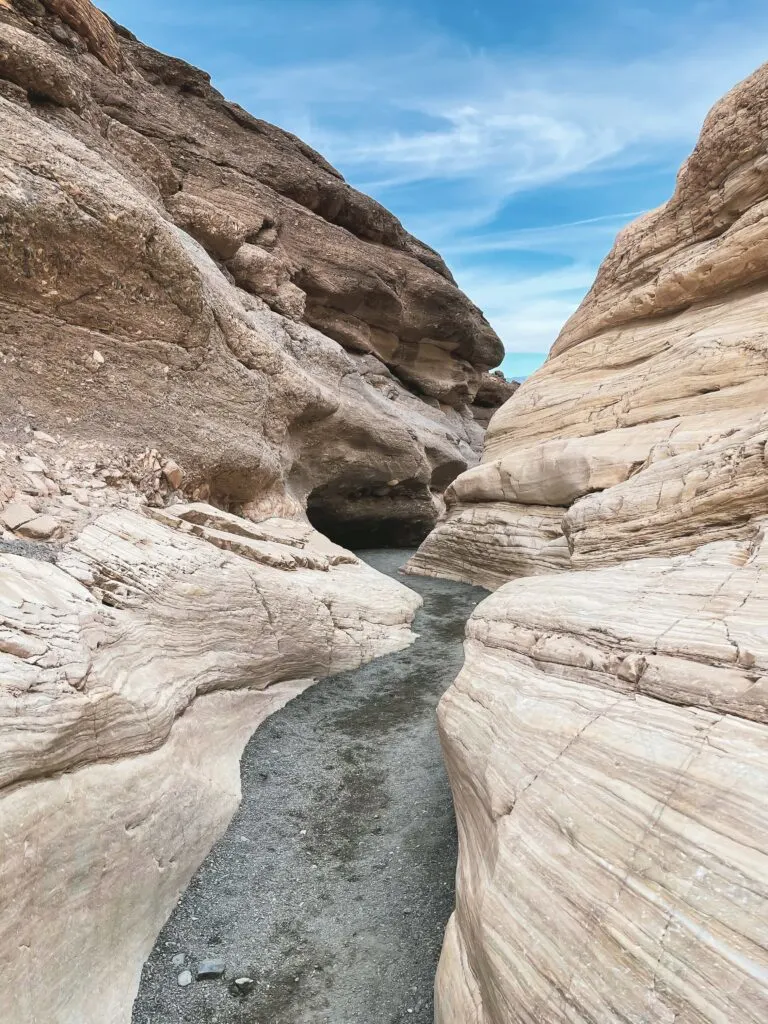
Essential Tips and Safety
When visiting Death Valley National Park, it is important to take necessary precautions to ensure your safety. Here are some essential tips to keep in mind:
Weather and Climate
Death Valley is known for its extreme temperatures, which can be dangerous if you are not prepared. During the summer months, temperatures can reach up to 120°F (49°C) in the shade. It is important to avoid hiking during the hottest parts of the day and to stay on paved roads in the summer. If you must hike, do so in the early morning or late afternoon when temperatures are cooler.
During the winter months, temperatures can drop below freezing at night. If you plan on camping, make sure to bring appropriate gear to stay warm. It is also important to check weather forecasts before your visit to ensure you are prepared for any changes in weather.
Staying Hydrated
Staying hydrated is crucial when visiting Death Valley. It is recommended to drink at least one gallon of water per day, especially during the summer months. Make sure to bring plenty of water with you and refill your water bottles at designated refill stations throughout the park.
Navigating the Terrain
Death Valley's terrain can be challenging to navigate, especially if you are not familiar with the area. It is important to stay on designated trails and roads to avoid getting lost. If you plan on hiking, make sure to bring a map and compass, and be familiar with the trail before starting your hike.
Respecting Wildlife
Death Valley is home to a variety of wildlife, including snakes, scorpions, and coyotes. It is important to respect their habitat and keep a safe distance. Do not approach or feed wildlife, and make sure to properly dispose of any trash to avoid attracting animals.
By following these essential tips, you can ensure a safe and enjoyable visit to Death Valley National Park.
Frequently Asked Questions
What are the top attractions to visit in Death Valley National Park?
Death Valley National Park is home to many unique and breathtaking attractions. Some of the top attractions to visit include Badwater Basin, which is the lowest point in North America, and Zabriskie Point, which offers stunning views of the surrounding landscape. Other must-see attractions include the Mesquite Flat Sand Dunes, Artist's Palette, and the Devil's Golf Course.
Can you recommend some unique spots to see wildlife in Death Valley?
Death Valley is home to a wide variety of wildlife, including bighorn sheep, coyotes, and roadrunners. Some unique spots to see wildlife include the Mesquite Spring area and the area around Scotty's Castle. Be sure to bring binoculars and a camera to capture the sights!
What are the best lodging options within Death Valley National Park?
There are several lodging options within Death Valley National Park, including the historic Furnace Creek Inn and Ranch Resort, as well as the Stovepipe Wells Village Hotel. If you're looking for a more rustic experience, consider camping at one of the park's many campgrounds.
How can I make the most of a one-day visit to Death Valley?
If you only have one day to explore Death Valley National Park, be sure to visit some of the park's top attractions, such as Badwater Basin, Zabriskie Point, and the Mesquite Flat Sand Dunes. Consider taking a guided tour or renting a bike to see as much of the park as possible.
Where are the best camping locations in Death Valley National Park?
Death Valley National Park offers several camping options, including Furnace Creek Campground, which is the park's largest campground, and Mesquite Spring Campground, which is known for its stunning views. Other popular campgrounds include Stovepipe Wells Campground and Texas Springs Campground.
Which parts of Death Valley are known for their exceptional beauty?
Death Valley is known for its exceptional beauty, but some areas are particularly stunning. Be sure to visit the colorful hills of Artist's Palette, the towering peaks of Telescope Peak, and the rugged canyons of Titus Canyon. Other must-see areas include Dante's View, Ubehebe Crater, and the Racetrack Playa.
